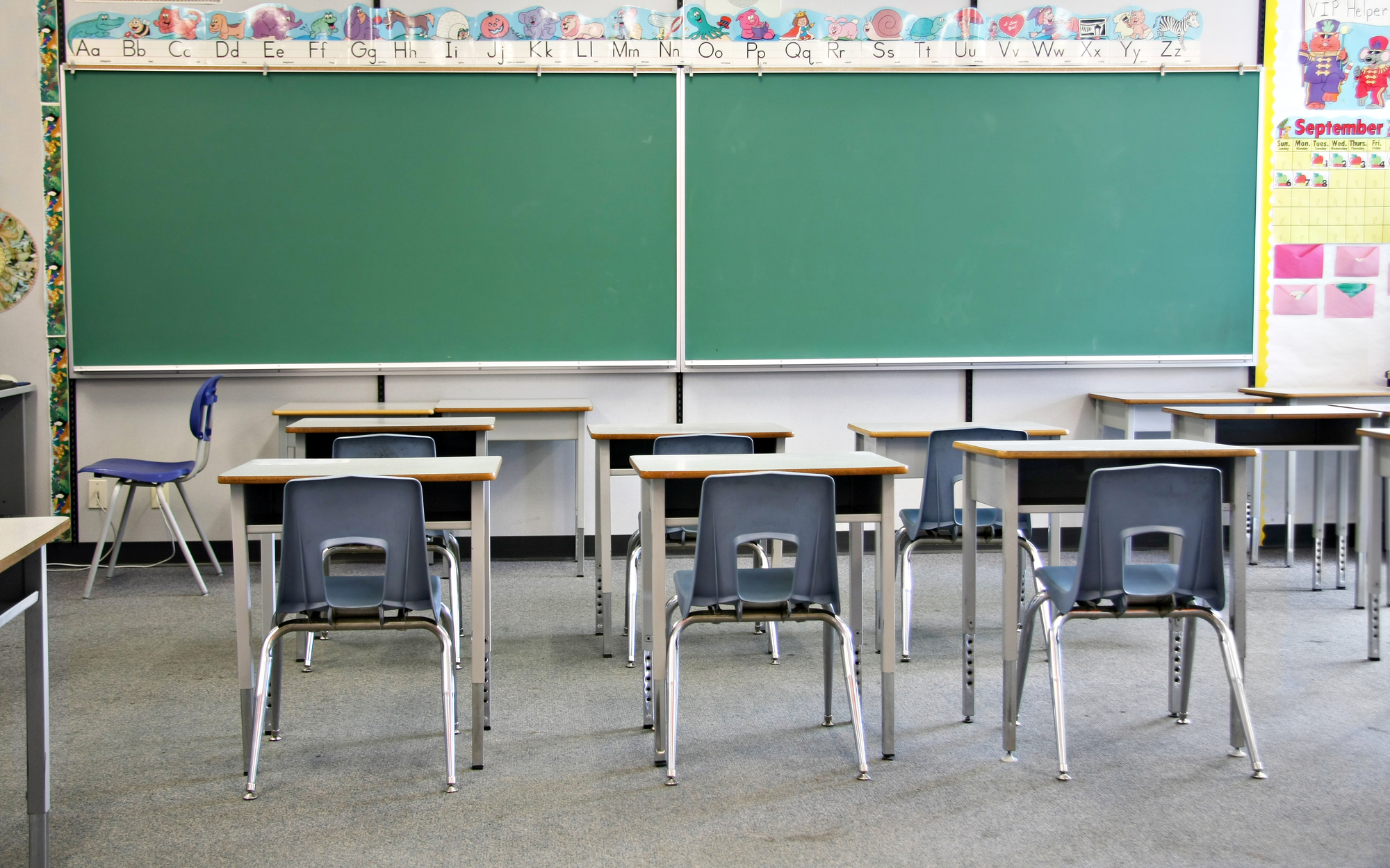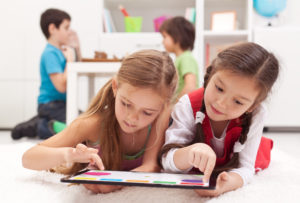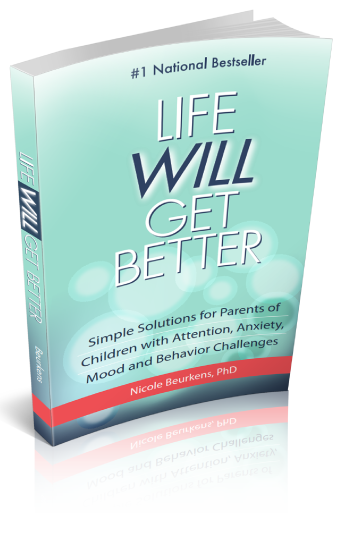As people who have attended my seminars for education professionals know, I am passionate about creating classroom environments that help improve attention, reduce anxiety, and support emotional and behavioral regulation.
Too often classroom design is neglected as a key component of supporting the needs of learners, especially learners with special needs. I’ve been in buildings where classrooms are very hot or cold, the florescent lights flicker, and furniture is falling apart. I’ve also been in brand new school buildings where the classrooms are over-stuffed with brand new brightly colored furniture, the walls are covered with every poster available in the teacher store, and there is “stuff” everywhere you look. Neither of these types of environments is conducive to student learning.
While all students can benefit from a well-thought out classroom environment, those with challenges such as autism spectrum disorders, ADHD, anxiety disorders, learning disorders, and sensory processing disorders require a supportive environment in order to function well. There are a number of research studies demonstrating the importance of environment for learning, and a new study done in the UK provides strong evidence for the impact of specific aspects of classroom design on student achievement (Barrett et al., 2015). This study found that there are specific considerations such as lighting, temperature, and color that significantly impact student learning outcomes. These areas are so important that all of them together increased student academic achievement by up to 16% in a single school year!
Part of the research study design involved moving students to different classrooms in order to assess the impact of the environment on learning. They found that moving children with average academic performance from the “least effective” to the “most effective” classroom environment improved performance by almost an entire grade level in one year. That is a major impact on learning, and demonstrates the importance of considering classroom environment in supporting struggling students. The best news is that there are many changes that teachers and administrators can make to classroom environments quickly and easily, without a lot of money.
Based on the results of this study, here are some key classroom environment recommendations to consider:
- Light – Allow natural light into the classroom whenever possible, but be careful to not have a lot of sunlight glare where students are working. Higher quality electrical lighting is beneficial, which may mean using lamps with non-florescent bulbs if the overhead classroom lighting is poor quality and quantity.
- Temperature – Control over individual classroom temperature is key to ensuring a supportive environment. A thermostat in each room allows for appropriate temperature control, as opposed to controls that manage the temperature in multiple spaces at once. If this is not possible then teachers may need to use fans, window shades, or other options to try to maintain appropriate classroom temperatures.
- Air Quality – Classrooms should have appropriate ventilation to allow for good airflow and quality. Windows that open and a large enough classroom space to accommodate the number of students within it allow for supportive ventilation. Fans can also help with airflow if it’s not possible to open windows.
- Color – Walls should be a light neutral color such as white or beige. Vivid colors should be used only as accents to draw the eye to important things. Decorations should coordinate with one another, and should be calming and pleasing to the eye. Bulletin boards with all different color backgrounds and borders, or walls with many brightly colored posters or decorations are not supportive of student learning!
- Complexity and Organization – Rooms should be organized in a logical fashion, with good paths for traffic flow. Zones of the room, such as those for group activities and individual work, should be clearly defined. Storage areas should be clearly marked and accessible to students in order to keep their belongings organized. For younger children, picture or simple word labels can assist with defining spaces and organizing materials. Clutter should be minimized in order to reduce overwhelm.
- Ownership – The more ownership teachers and students feel over their learning space the better. Quality desks, chairs, and other furnishings promote a sense of student pride and ownership. Using student work to decorate the space also creates an inclusive environment that allows students to take ownership. Allowing students to help design certain learning zones, seating arrangements, etc. is also helpful.
If you haven’t considered the role of classroom environment in relation to student learning, I’d invite you to do that now. If you are a teacher, think about simple changes can you make to your classroom environment to better support your students. If you are a parent, consider discussing some of these basic environmental changes with your child’s teacher or school administrator. As the study highlighted here clearly shows, the physical environment makes a difference and is an important component of raising achievement for all learners.
Reference:
Barrett, P., Davies, F., Zhang, Y., & Barrett, L. (2015). The impact of classroom designs on pupils’ learning: Final results of a holistic, multi-level analysis. Building and Environment, 89, 118-133.
What You Should Do Next:
Sign up for my Better Behavior Naturally community newsletter
Sign up for my newsletter to get tips, resources, and supports to improve your child’s attention, anxiety, mood, and behavior…while making your job as a parent easier.
Enroll in one of my workshops
Check out one of my many workshops where you’ll join my exclusive community of parents in a one-of-a-kind virtual resource accessible 24/7. Whether you’ve got a child with a diagnosis like autism or ADHD, or are becoming more and more frustrated with a child who struggles to listen and cope, these workshops are designed to give you the information, tools, and support you need…whenever you need it.








